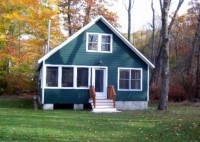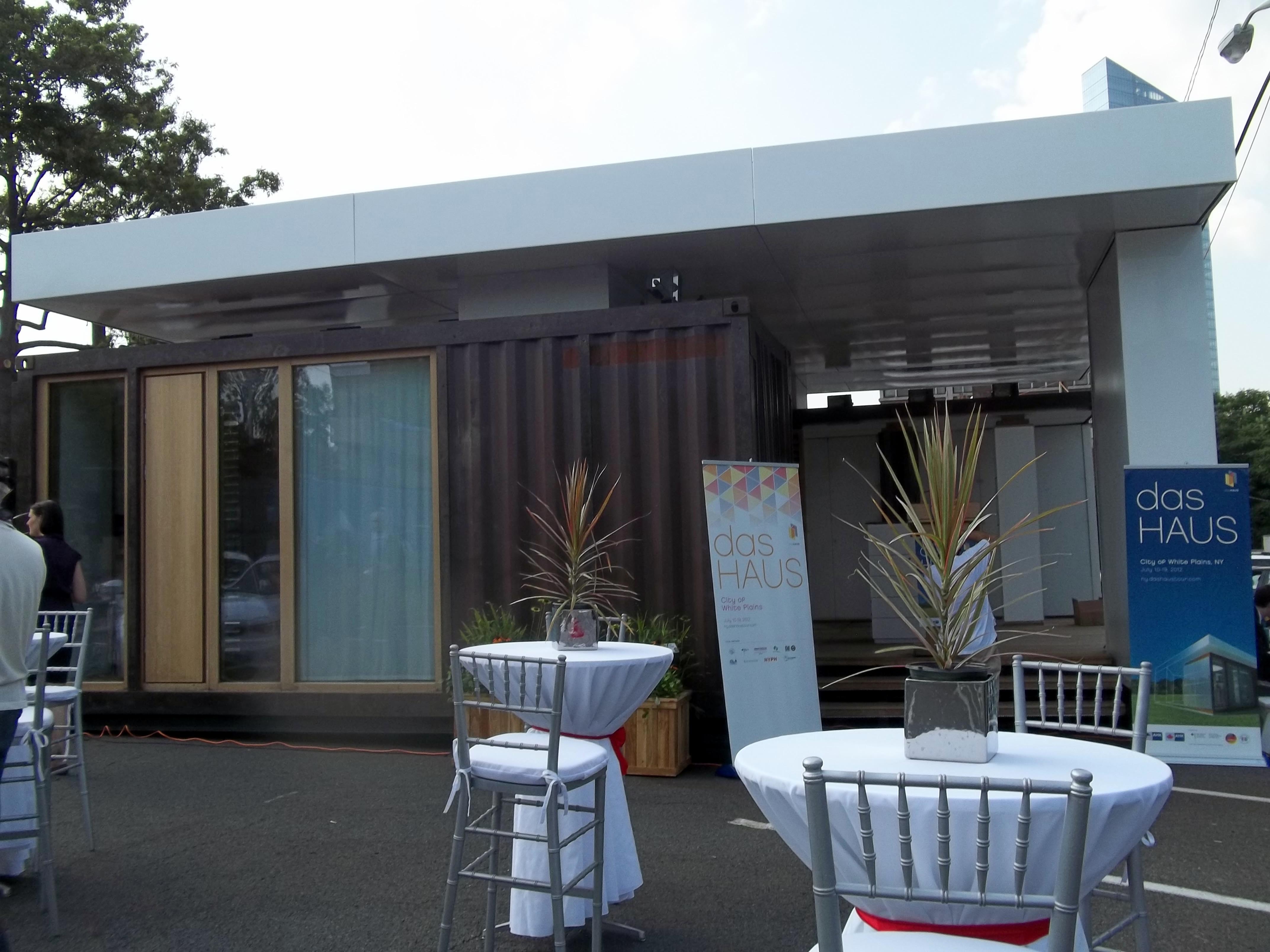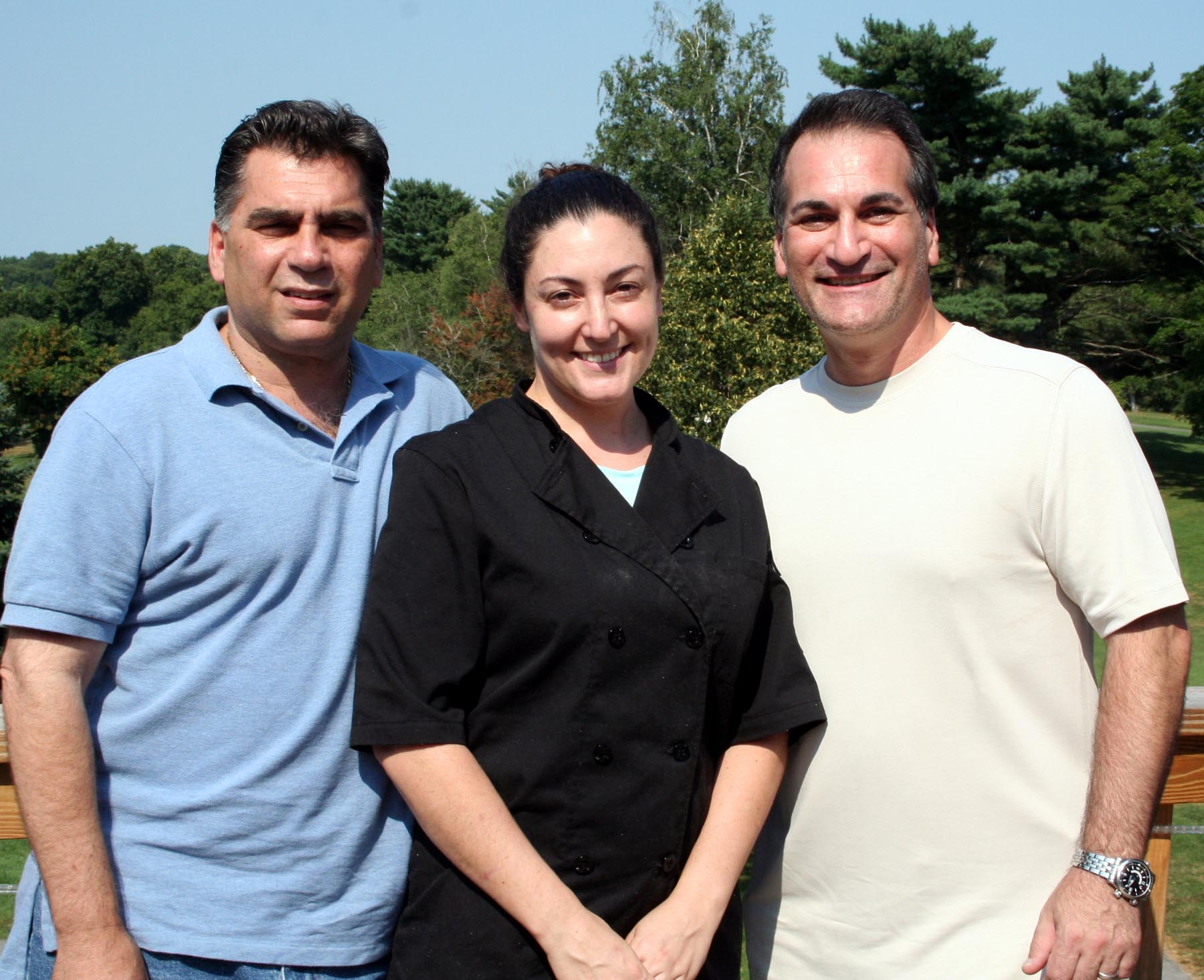Home Guru: Yes, Size Does Matter, But Make Mine Smaller–Please

Fed by a booming post-World War II economy, many of us and our parents grew up with the notion that bigger is better in all things
It started with larger refrigerators that replaced tiny ice boxes; cars that jumbo-sized to “woodie” station wagons, then mini-vans and Hummers; continued with watches that weigh down our arms; woofers that puncture our eardrums; and ever bigger burgers, orders of fries and slush drinks that have made the majority of us overweight.
But the most visible evidence of our obsession with size has been the increasing square footage of our homes.
While the average home size in America in 1950 was 1,000 square feet, it had grown to 1,400 square feet by 1970. Today the average is 2,400 square feet. Many of us live in much bigger homes and during the McMansion craze of the past decade, it seemed as though house designs were on steroids, with four bedrooms more the norm and family rooms large enough to host bowling alleys.
So, we wonder, is Mayor Michael Bloomberg joshing New York City folk when he called for the design of apartments to be only 300 square feet? Can anyone with our bigger and better mentality survive in such a small space? Maybe in Manhattan, but surely not in the suburbs. Currently, the smallest home for sale in our region measures 520 square feet.
Perhaps the Great Recession has served as a wake-up call to re-think how big or small we want our homes, with perhaps a smaller footprint providing lower taxes, lower building and maintenance costs and lower energy costs.
The call for smaller houses also promotes better, more efficient design. I’ve seen wonderful examples of that recently. For instance, one of the houses down the block from me is a 1920s small cottage that has less than 1,000 square feet. The couple who live there, without children in tow, opened walls and tucked storage space into every nook and cranny. It’s like a study in the smart use of space.
Another couple I know, architectural designer Annette Lindbergh and her husband, builder Lars Lindbergh of Tiny Homes, Inc., have perfected the design and function of living small.
“Our first tiny house was commissioned as a writer’s studio, but then we got requests for other very small houses to serve other functions,” Annette Lindberg explained. “Now we’re being asked to design small houses for families with two children who can live in 1,000 square feet of space.”
The cost for smaller houses, according to Lindbergh, is quoted at the same cost per square foot as any larger home–$250. So a typical 1,000-square-foot house would cost $250,000 for the house itself, not including the septic and well, if needed.
“What is driving the trend toward smaller homes is the cost of energy, plus a scaling back to a simpler lifestyle preference,” Lindbergh said.
On a personal level, when I moved from a 1,400-square-foot house in New York City to 4,000 square feet in Westchester, I felt I had graduated to supersize heaven. In retrospect, I see that what I graduated to was a propensity to save everything I saw or touched. Now ready to downsize, it’s a real pain to get rid of it all.
Our formal living room and dining room are rarely used anymore, maybe four times a year at most when we have our family gatherings for the holidays. Even then, we tend to be more casual and congregate in my large home office, which doubles as a family room. We sometimes eat in the kitchen rather than the dining room.
Currently I am working with several young couples who are first time homebuyers and have a baby or are planning one. To accommodate their budgets, they are looking for smaller homes, but ones that can be expanded in the future to accommodate a growing family, either with an addition to the side or back or a second story added to the same footprint.
There will always be the fabulously rich who want homes with more space than they need, but the rest of us may be saying make mine smaller, please.
To know more about the Lindberghs’ work with small houses, call 845-526-4753 or visit www.tinyhousesinc.com. In fact, I may call myself.
Bill Primavera is a licensed Realtor® affiliated with Coldwell Banker and a lifestyles journalist who writes regularly as The Home Guru. Visit his website at: www.PrimaveraRealEstate.com and, if you would like to consult with him about buying or selling a home, contact him directly at 914-522-2076.


